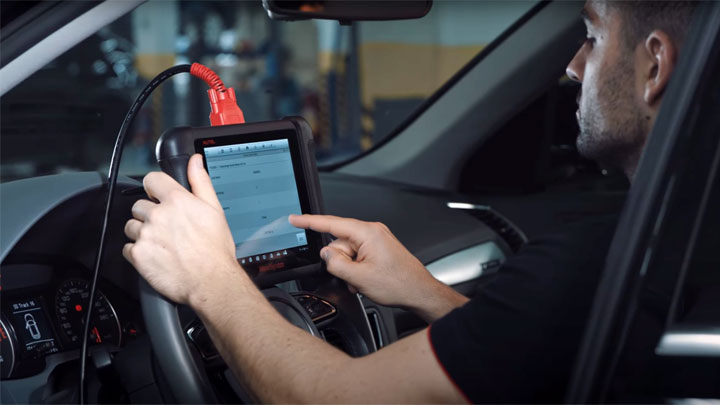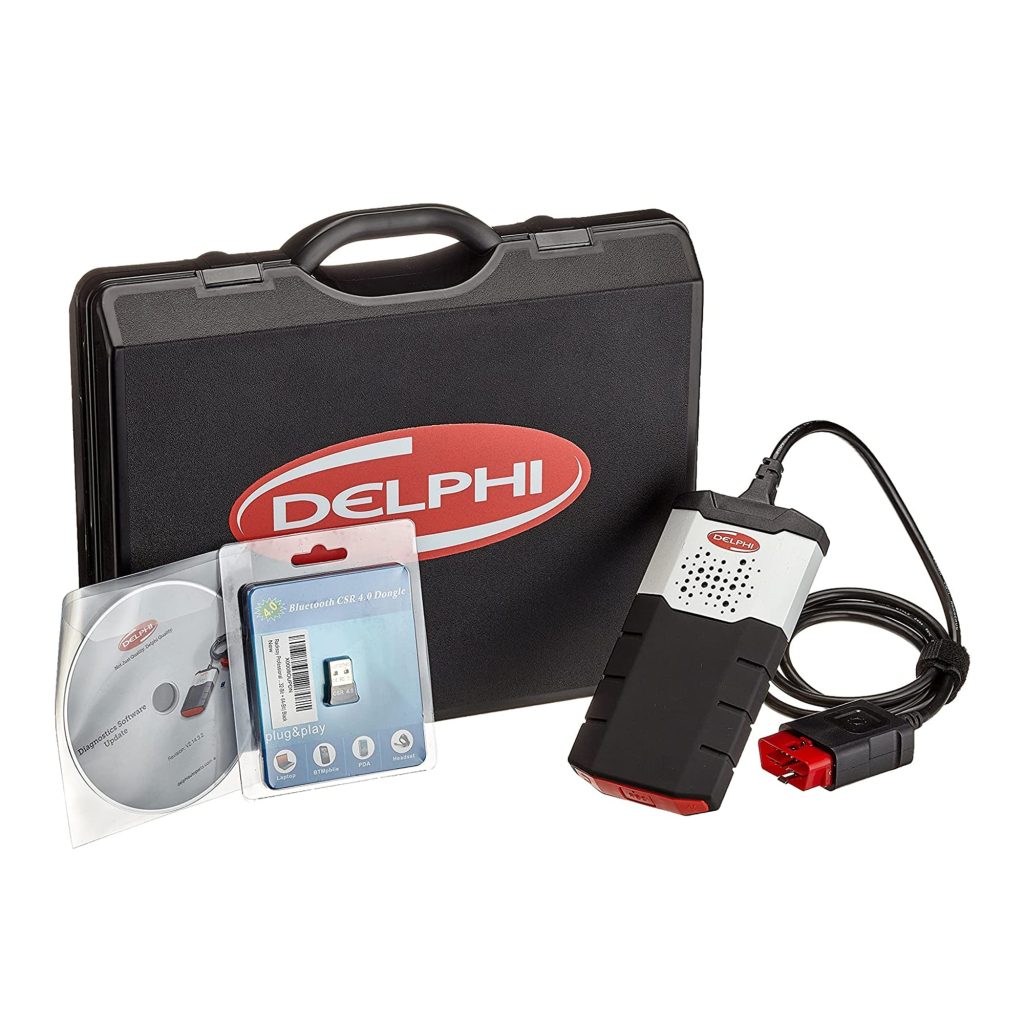

Diagnose Issues Yourself: An Introduction to Car Diagnostic Tools Internationally. Ever felt frustrated by a mysterious car problem? Worried about sky-high mechanic bills? This comprehensive guide demystifies the world of car diagnostics, empowering you to tackle common issues with confidence, using internationally recognized diagnostic tools. We’ll explore various tools, diagnose common car issues, and equip you with the knowledge to solve car problems effectively. This article will break down the essential steps, offering practical advice and detailed explanations, from beginners to more advanced DIY enthusiasts. This comprehensive guide is divided into sections explaining different tools, diagnostic processes, safety precautions, and common issues, providing a clear and actionable path to effective car troubleshooting.
Understanding Car Diagnostic Tools:
Introduction to International Diagnostic Equipment
The modern car is a marvel of technology, with intricate electronic systems that govern everything from engine performance to safety features. When something goes wrong, pinpointing the exact cause often requires specialized tools. International car diagnostic tools provide a crucial interface to these complex systems, enabling car owners to identify and resolve issues efficiently, safely, and effectively. These diagnostic tools allow users to access error codes, analyze performance data, and potentially address problems before they escalate into costly repairs.
Essential Car Diagnostic Tools and their Functionality
Exploring the Types of International Diagnostic Tools
There’s a wide range of international car diagnostic tools available, each designed with specific functionalities and capabilities in mind. For starters, an OBD-II scanner is commonly used for accessing and interpreting Diagnostic Trouble Codes (DTCs) that indicate potential problems within a vehicle’s electronic control unit. These scanners provide valuable information, allowing users to decode and comprehend the specific error codes, ultimately guiding users towards the root cause of an issue. More sophisticated tools incorporate advanced diagnostic functionalities, such as live data streams and graphing tools, giving a more precise understanding of system behavior and aiding in precise trouble-shooting.
Diagnosing Common Car Issues
Practical Troubleshooting and Error Detection
Using the right tools can significantly reduce the time and expense of fixing common problems such as the emission control system or ignition systems. If you encounter issues with the engine, one of the first steps would be to run a diagnostic check. This can help pinpoint if the problem stems from the ignition system, malfunctioning sensors, or a more complex electronic component issue. Using comprehensive diagnostic tools lets you access comprehensive information, including error codes. By closely studying the displayed error codes and referencing a reliable source, you can pinpoint potential problems.
Safety Precautions and Considerations
Working Safely with Diagnostic Tools
Maintaining safety is paramount during any car repair process. Always disconnect the vehicle’s battery before working on any electrical components to prevent potential electrical shocks and damage. Take the necessary precautions for safe usage, remembering that improperly handling electrical components can have dangerous consequences. Consult the owner’s manual and the specific instructions for the diagnostic tool to ensure compliance with safety guidelines and to maintain your tool and car’s longevity. Avoid unsafe practices, as they could result in severe consequences.
Real-World Examples and Case Studies
Applying Diagnostic Tools to Specific Car Problems
Numerous case studies demonstrate how diagnostic tools can streamline the process of finding faults in a car’s electronic systems. For example, an individual experiencing intermittent engine misfires could utilize an OBD-II scanner to retrieve error codes. These codes would guide the owner in the right direction, potentially helping narrow down the cause of the problem and avoiding unnecessary repairs. Similarly, by monitoring real-time sensor data, the owner could gather vital clues concerning potential issues with various components and systems. These examples highlight the practical application of diagnostic tools.
Advanced Diagnostic Technologies
Exploring Innovations in Car Diagnostic Tools
The evolution of automotive technology continues to drive innovations in the diagnostic realm. Recent advancements include the development of sophisticated software tools that allow for more advanced analysis, potentially enabling a deeper understanding of issues that may have previously been challenging to diagnose. This evolution brings more detailed information to users, leading to quicker and more efficient troubleshooting and repair.
Cost-Effective Solutions for DIY Car Maintenance
Saving Money Through Self-Diagnosis
Diagnose Issues Yourself can result in considerable cost savings. By using appropriate diagnostic tools, you can effectively identify and address minor problems yourself, preventing them from escalating into major repairs. The cost savings can be significant, and your ability to tackle minor issues directly will enhance your knowledge and experience in car maintenance.
Resources for Further Learning
Recommended Materials and Tools for DIY Car Repairs
Utilizing reputable resources will further enhance your understanding of car diagnostic tools and car repairs. This includes online forums, community websites, and user manuals that offer valuable information and support for DIY car enthusiasts.
Conclusion
Summarizing Key Findings
Learning to diagnose car issues yourself empowers you to take control of your vehicle’s maintenance and avoid unnecessary expenses. By understanding the capabilities of diagnostic tools, you can identify potential issues promptly and address them efficiently. By using these tools, you save money, enhance your skills, and gain confidence in maintaining your vehicle effectively. Embark on your DIY car repair journey today and embrace the satisfaction of mastering vehicle diagnostics!
FAQ:
Q: What are some of the most common car problems that can be diagnosed using these tools?
A: Common issues include malfunctioning engine sensors, ignition system problems, and various transmission issues. The tools can assist in pinpointing the root cause of these problems. For example, a faulty oxygen sensor can be detected by specific diagnostic tools, and the issue can then be addressed through proper maintenance or replacement.
Q: How can diagnostic tools help in preventing potential car problems?
A: By regularly checking for error codes and monitoring key performance indicators, diagnostic tools can potentially identify problems early in the system. This proactive approach helps prevent larger, more costly repairs down the road. For instance, an early warning of a potentially failing part can allow for timely intervention, avoiding sudden breakdowns and expensive repairs.
Q: Are there any specific precautions to take when using international car diagnostic tools?
A: Always consult the user manual specific to the tool and the vehicle make and model. Different vehicle systems and diagnostic tool features may vary depending on their manufacture. Pay particular attention to voltage requirements, connector compatibility, and calibration procedures, as these can significantly impact the accuracy of the diagnostic results.
Q: What are the pros and cons of using a professional mechanic vs. diagnosing issues yourself?
A: While DIY car diagnostics and repairs can save money and provide valuable experience, there are risks. A professional mechanic has extensive training, experience with various makes and models, and specialized equipment. They can provide a more comprehensive diagnosis and potentially identify nuanced issues that might be missed by a novice. However, DIY car diagnostics can save significant money if performed correctly.
In conclusion, diagnosing car issues yourself can save you money and frustration. By understanding the fundamentals of car diagnostic tools, coupled with patience and meticulous attention to detail, you can confidently tackle various problems. Remember to prioritize safety and seek professional help when necessary. Start your DIY car repair journey today by exploring the diverse range of diagnostic tools available internationally! For more in-depth resources and to find the perfect tool for your needs, check out the links below and dive into the world of car diagnostics!